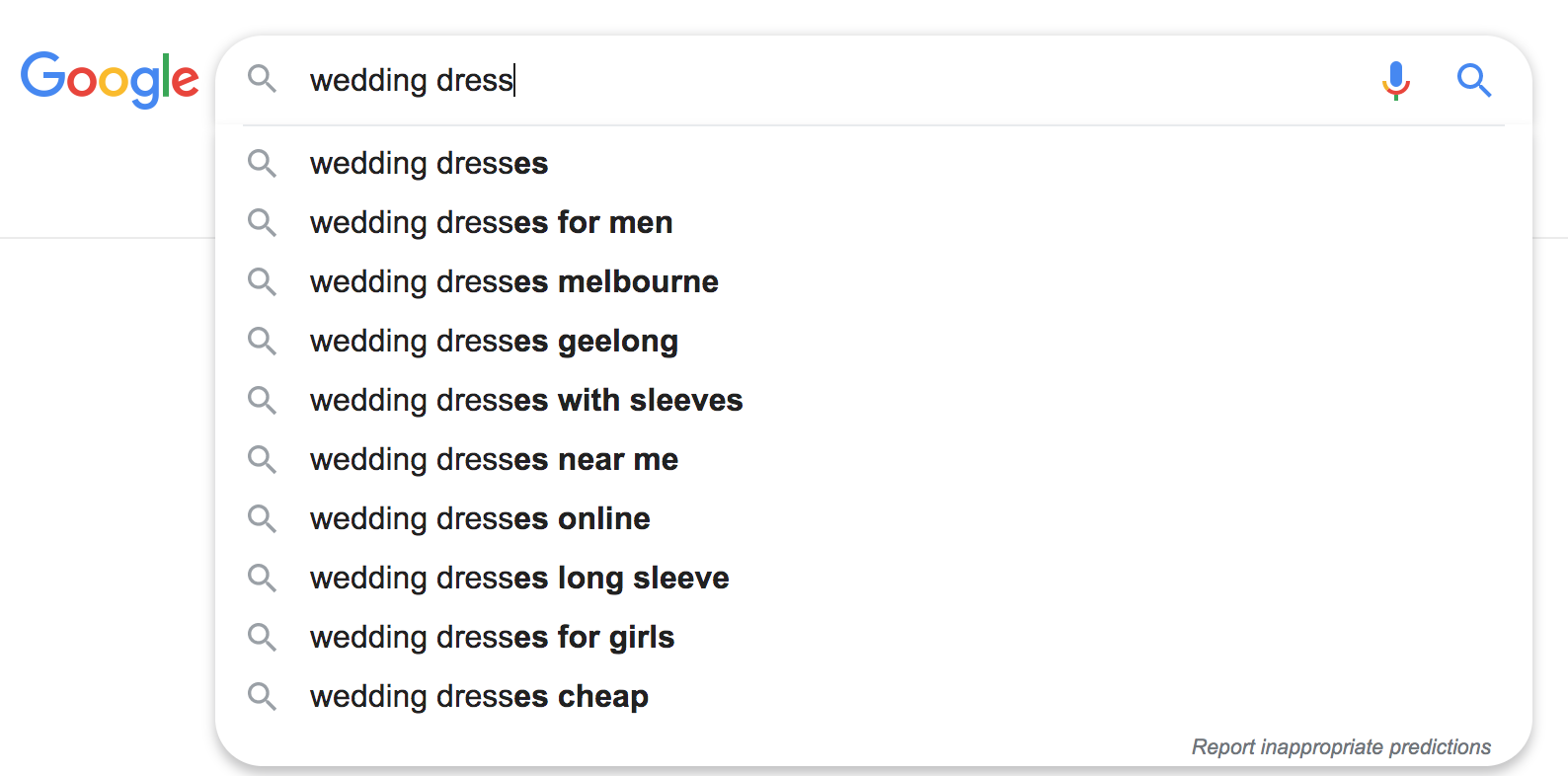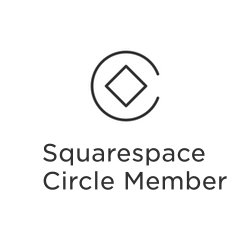Five rookie Shopify mistakes to avoid at all costs
There’s a lot to love about Shopify. From humble beginnings, to a massive global commerce system, it’s a one-stop platform, easy to use, and designed for the customer experience.
So, let’s say you’ve got your brand-spanking-new Shopify site, and you’re ready to roll.
Great!
Before you go any further, do us a favour and read the below. There’s so much to learn when you’re starting out, but take it from me, we see the below six mistakes time and time again.
Mistake #1:
Thinking Shopify has inbuilt SEO
It hasn’t. Bummer.
There are different ways to optimise your products and sites, but it’s important to note that Shopify, as a platform, won’t do it all for you (or any platform for that matter) - which means you need to think about a dedicated SEO strategy.
Mistake #2:
Overcomplicating your site before it goes live.
You’re so excited by your shiny new toy, you add in all the bells and whistles. Layered discounts, string discounts, oh my.
It’s tempting to add all the things. But repeat these magical three-words after me: Keep It Simple.
The add-on options look exciting, but overcomplicating your e-commerce site increases the time it takes to go live (Why would you wait? You want those lovely dollars to roll in ASAP).
Not only that, adding everything and the kitchen sink, makes the store experience more convoluted. You want the site to be easy and user-friendly. Not bogged down with an unnecessary swag of discounts and options.
Watch and learn customer behaviour on your site. Wait for a bit, and see how your customer shops, and what happens when they go through the checkout. You’ll learn so much by witnessing your customers in action.
Sell your first hundreds of dollars, BEFORE you start changing your processes and adding in anything extra.
Mistake #3:
Being too reliant on Shopify apps.
At time of writing, Shopify had 5,866 apps. Holy moly that’s a lot of apps.
Some are essential, you will probably need an app like a shipping carrier or Google shopping, but otherwise, browsing through the list of apps can feel like being a kid in the candy shop. Each app looks so shiny and sparkly. All these apps may seem essential for your e-commerce site, and it’s easy to be tempted. But…
Proceed with caution when adding any app.
Why? You should always be thinking about load time. Any app you add to your site runs in the background and can slow your site’s load time.
It’s all well and good having a site with ALL the things, but with a huge range of apps chugging away, it could mean your site takes its sweet, sweet time to load and you’ll be at risk to lose your customer entirely.
Mistake #4:
Not learning how to duplicate your store.
Want to make changes on your site? Great.
Just don’t do it live!
Shopify makes it easy; you just need to make a duplicated version of your site.
Once you have a duplicate copy, you can make amendments to your code, customise your design, or even trial a new theme without the risk of damaging your live website. In a low-stakes environment, you can test new changes and make sure everything runs smoothly, before cutting over.
When you’ve hit on a site change that works, and you love, THEN you can roll out the changes in a live environment.
Mistake #5:
Thinking SEO apps will do all the work for you.
Ah shame. They can’t.
After realising there’s no inbuilt SEO in Shopify, you might turn to apps like SEO Manager and SEO for Shopify.
These can indeed help, and save time, especially for larger e-commerce sites. But they can’t do keyword research, create content that fully optimises your site, or know your competitive market.
The choice of whether to add in these apps is up to you, (remember, mistake #3, too many apps, equals long load times), but either way, you should be aware of how to optimise your site as best you can.
Here’s a quick refresher for best SEO onsite practices for your site. Don’t forget to work on optimised and targeted:
Optimised and targeted title tags, unique to every page
Optimised and targeted Headings that align with your page title
Well written, click compelling Meta Descriptions that include a call to action
Include Alt descriptions on product images. Describe the image to someone who couldn’t see it.
Internal links help the GoogleBot get around.
Well-written, unique, compelling, questions-answering product description is a must.
BONUS Rookie mistake
Mistake #6:
Paying too much attention to your Shopify dashboard site speed report.
Your Shopify dashboard includes speed check information, and chances are it says: ‘Your speed is below the average’.
PAY ZERO ATTENTION TO THAT METRIC (we’re n to saying speed isn;t important, just that the Shopify dashboard metric needs some more context)
Why?
Shopify is weighing up your site speed, against every site in the Shopify ecosystem.
Anyone can set up a Shopify store. A tiny store, with a simple theme, selling a handful of products, not taking in much money, is benchmarked against yours. A very basic site like that will be fast. Really fast.
But it’s not really a fair comparison.
Your site, an active e-commerce store, has functionality, customers, products and is an entirely different beast.
As an active evolving site will need to add in various things to accommodate and help the customer journey. You’ll need things a tiny site can do without.
So, disregard the speed metric of doom.
Learn, Learn, Learn
Running a successful e-commerce store is about trial and error, and closely following your customer’s behaviour.
Take a look at what we’ve written about the best and most important features of e-commerce websites, for inspiration on best site practices. (https://yellowdoordigital.com.au/blog/most-important-feature-of-ecommerce-website)
Of course, if you want to chat more about how Yellow Door can help your Shopify e-commerce site, just reach out. We offer a whole bunch of services, including Shopify Website Health check and Shopify School.
Good luck and have fun on your Shopify journey!














